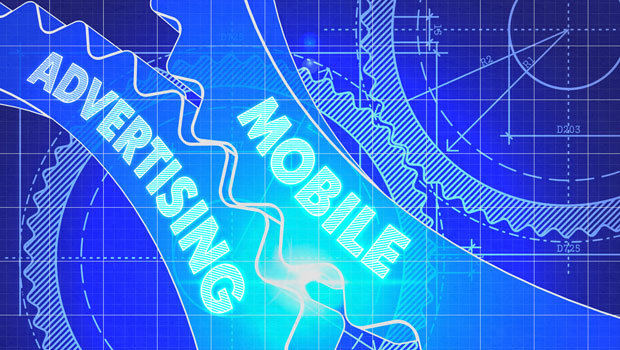Google on Tuesday announced that it soon will downgrade mobile pages in its search rankings if they carry ads that obscure content.
Such ads “provide a poorer experience to users than other pages where content is immediately accessible,” explained Doantam Phan, a product manager at Google.
Techniques that reduce the accessibility of content include the following:
- Showing users a popup that covers the main content, either immediately after they navigate from search results to a page or while they’re viewing it;
- Displaying a standalone interstitial that users have to dismiss before accessing the main content; and
- Using a layout that places an ad above the fold, similar to a standalone interstitial, with the original content placed beneath the fold.
Exceptions to the Rules
“More than 50 percent of overall website traffic [in the United States] is from mobile devices now,” observed Cindy Zhou, a principal analyst at Constellation Research.
“Accordingly, Google has seen a shift in users performing more searches via mobile,” she told the E-Commerce Times.
“To retain and grow their mobile search user base, Google has placed an emphasis on user experience,” said Zhou, which has led to “the lower ranking of websites with intrusive interstitial popup ads that take up the entire screen.”
However, there will be some exceptions to these rules because Google “is leaving room for high-traffic sites such as legitimate news agencies, publications and nonprofits,” she suggested.
The rules “still will impact advertisers and companies that utilize the interstitial popups to gain newsletter signups, collect emails and so on,” Zhou noted.
Mobile ads that won’t be affected by the new ruling, as long as they’re presented responsibly, include the following:
- Interstitials placed in response to a legal obligation, such as a notice of cookie usage or an age verification panel;
- Login dialogs on sites where content isn’t publicly indexable. This includes private content such as emails or unindexable content that’s behind a paywall; and
- Banners that use a “reasonable” amount of screen space and can be dismissed easily, such as the app install banners for Safari and Chrome.
Why Google Is Cracking the Whip
Ad blocking is “having a larger and larger impact on the industry as a whole,” noted Mike Goodman, a research director at Strategy Analytics.
“Google’s primary revenue, about 90 percent, comes from ads — more specifically, digital advertising — and anything that hurts that is bad for business,” he told the E-Commerce Times.
Worldwide, ad blocking will cost publishers US$27 billion in lost revenue, Juniper Research has forecast.
The number of U.S. consumers blocking ads will increase by more than 34 percent this year to nearly 70 million, according to eMarketer, and grow another 24 percent next year to almost 87 million.
Both publishers and advertisers are to blame for this situation, according to Goodman.
“Publishers want to make consumers happy — but at the end of the day, the almighty dollar rules,” he pointed out.
“Advertisers are stuck on this data thing, and they’re going overboard,” Goodman added. Ad blockers “are hurting the business, but not enough to get [publishers and advertisers] to do something different.”
The Interactive Advertising Bureau has published a set of guidelines for mobile ads, but “it’s one thing for the IAB to tell you what you can and cannot do, and another for Google to say your page will rank lower,” Goodman pointed out.
Google “has the ability to wield their market influence to be able to get advertisers and publishers to do something about this and fix it,” he said. “Audience equals eyeballs, and eyeballs equals revenue.”














































Social Media
See all Social Media